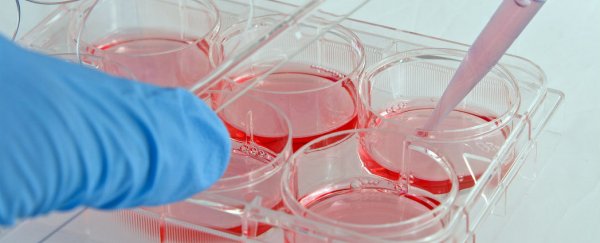An international team of researchers has managed to grow back 45 percent of a mouse's heart muscle cell numbers by manipulating the activity of a hormone that regulates cell growth. This hormone, called 'neuregulin', can stimulate such fast cell growth, it can effectively replace lost muscle after a heart attack.
This is so important, because the heart is unable to rebuild itself after an injury, so right now, the only solution for a broken heart is a transplant. "Unlike blood, hair or skin cells, which can renew themselves throughout life, cell division in the heart virtually comes to a standstill shortly after birth, which means the heart can't fully regenerate if it is damaged later in life," one of the team, Richard Harvey from UNSW Medicine in Australia, said in a press release.
Harvey, who is also from the Victor Chang Cardiac Research Institute in Sydney, explains that soon after birth, the mechanisms for growing heart cells become dormant, and for years, scientists have been trying to figure out how to turn them back on. According to Craig Butt at The Sydney Morning Herald, the team managed to stimulate the neuregulin pathway during a heart attack, which led to the replacement of damaged tissue.
"Previous studies have demonstrated that it is possible to coax heart muscle cells to proliferate again, but only at very trivial levels," said Harvey. "What the research team has been able to do is boost heart muscle cell numbers by as much as 45 percent after a heart attack."
The team isn't entirely sure how the regrowth process actually works, so will have to further investigate that while working towards testing the technique on human hearts. It's hoped that if they manage to perfect the technique, they could offer a much better treatment option for severe heart attacks than what's currently available - a transplant. They say it will take a few years to get their research ready for human trials.
The research has been published in the journal Nature Cell Biology.
"The dream is that one day we will be able to regenerate damaged heart tissue, much like a salamander can regrow a new limb if it is bitten off by a predator," Harvey said in the press release. "Just imagine if the heart could learn to regrow and heal itself. That would be the ultimate prize."
We've got everything crossed they can do it.
Find out more about the world-leading research happening at UNSW Medicine.
Source: The Sydney Morning Herald
